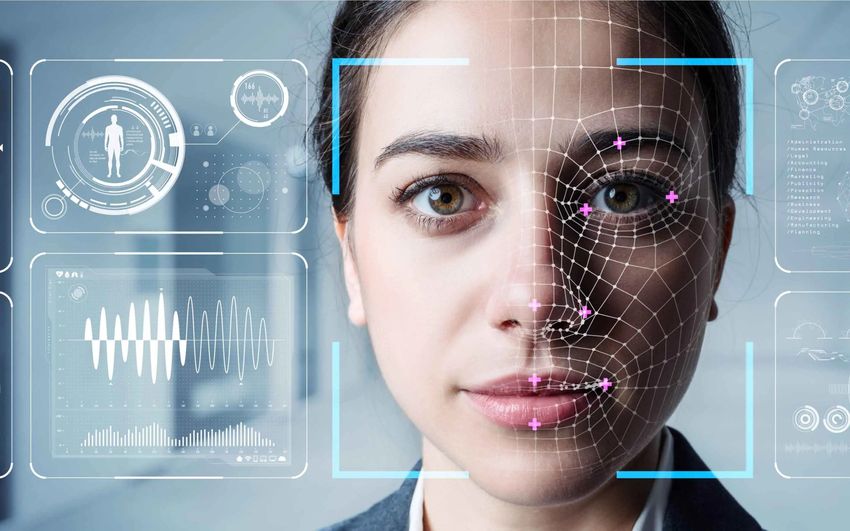Deepfake technology has taken the world by storm, blurring the line between reality and artificial intelligence-generated media. What started as an impressive AI-driven tool for face-swapping and video manipulation has now raised significant ethical and security concerns.
In this article, we’ll explore what deepfakes are, their positive and negative impacts, and what the future holds for this controversial technology.
1. What Are Deepfakes?
Deepfakes are AI-generated media—videos, images, or audio—that use deep learning techniques to alter content in a way that makes it appear real. The term “deepfake” is a combination of “deep learning” and “fake”, highlighting the AI-driven manipulation involved.
🔹 How It Works:
- AI models, particularly Generative Adversarial Networks (GANs), are trained on large datasets of images and videos.
- The AI learns to mimic facial expressions, voice patterns, and gestures.
- Once trained, it can swap one person’s face or voice with another, creating hyper-realistic but artificial media.
2. The Good: Positive Uses of Deepfake Technology
While deepfakes have sparked controversy, they also have innovative and beneficial applications across industries.
a) Entertainment & Film Industry
🎬 Movie Magic: Deepfake technology is revolutionizing filmmaking by digitally recreating actors, allowing filmmakers to:
- De-age actors for flashback scenes (e.g., Robert De Niro in The Irishman).
- Recreate deceased actors (e.g., Carrie Fisher’s posthumous appearance in Star Wars: Rogue One).
- Dub films into multiple languages by syncing actors’ lips with translated dialogue.
b) Education & Training
📚 Historical Reenactments: Imagine Albert Einstein or Mahatma Gandhi delivering a lecture in their own voice and expressions! Deepfake technology is being used to create interactive AI-driven historical figures for educational purposes.
🚑 Medical Training: AI-generated simulations help train medical professionals by replicating patient interactions and rare medical conditions.
c) Accessibility & Assistive Technology
🦻 Helping the Deaf & Mute: Deepfake technology can synchronize lip movements with sign language videos, improving communication for people with disabilities.
🌍 Language Translation: AI-powered lip-syncing can help create seamless multilingual content, making global education and entertainment more accessible.
d) Personalized AI Assistants & Avatars
👨💻 Virtual Influencers & Digital Humans: AI-driven virtual characters (like Lil Miquela) are being used for branding, advertisements, and social media influence.
💼 Corporate Training & Presentations: Companies can use deepfakes to create virtual trainers and automated customer support agents with human-like interactions.
3. The Bad: Ethical & Security Concerns of Deepfakes
Despite its benefits, deepfake technology has serious risks and threats that could have global implications.
a) Misinformation & Fake News
📰 Political Deepfakes: Imagine a fake video of a world leader declaring war or making controversial statements. Deepfakes are being used to spread political propaganda and manipulate public opinion.
📺 Fake News & Hoaxes: AI-generated videos can make it hard to distinguish truth from fiction, eroding trust in media and journalism.
b) Identity Theft & Fraud
💳 Financial Scams: Deepfake voice cloning has been used in banking fraud, where scammers impersonate CEOs to authorize wire transfers.
👤 Face-Swapping for Fraud: Criminals can use deepfake tech to bypass facial recognition systems and commit identity theft.
c) Cyberbullying & Privacy Violations
📹 Non-Consensual Deepfakes: Fake explicit videos of celebrities and ordinary people are being created and circulated without consent, causing psychological and reputational damage.
🕵️♂️ Blackmail & Extortion: Malicious actors can manipulate deepfakes for revenge, blackmail, or defamation.
d) Undermining Trust in Evidence
⚖️ Legal & Criminal Cases: Deepfakes can make video and audio evidence unreliable, making it harder to convict criminals or prove innocence.
👁 “The Liar’s Dividend”: As deepfake awareness grows, real evidence might be dismissed as fake, allowing guilty individuals to escape accountability.
4. The Future: Regulation, Detection, and What’s Next
As deepfake technology advances, so do the efforts to detect and regulate it.
a) AI-Powered Deepfake Detection
🔍 Tech Giants Fighting Back: Companies like Google, Microsoft, and Facebook are investing in AI-powered detection tools to identify deepfake content.
🧠 Deepfake Detection Tools: Researchers are developing algorithms that analyze:
- Blinking patterns (Deepfakes often miss natural blinks).
- Inconsistencies in lighting and facial movements.
- Pixel distortions and AI fingerprints.
b) Government Regulations & Policies
⚖️ Deepfake Laws: Some countries have introduced legal measures to criminalize malicious deepfake usage, including:
- The U.S. DEEPFAKES Accountability Act – Requires deepfake creators to disclose AI-generated content.
- China’s Deepfake Ban – Strict laws against unauthorized AI-manipulated content.
- The EU’s AI Act – Regulations on AI-generated media in politics and business.
c) Ethical AI Development
🛑 Responsible AI Use: Companies and researchers are working on ethical AI frameworks to ensure deepfake technology is used for positive innovation rather than harm.
🔄 Watermarking AI-Generated Content: Developers are introducing digital watermarks and metadata that label deepfakes as synthetic content.
5. Conclusion: A Double-Edged Sword
Deepfake technology is a powerful yet dangerous innovation. On one hand, it enables groundbreaking advancements in entertainment, education, and accessibility. On the other, it poses serious risks to democracy, security, and personal privacy.
🔹 Can deepfake technology be used ethically?
🔹 Should governments enforce stricter regulations?
🔹 How can society combat misinformation while embracing AI innovation?
The future of deepfakes depends on how we balance its creative potential with responsible use and regulation.


